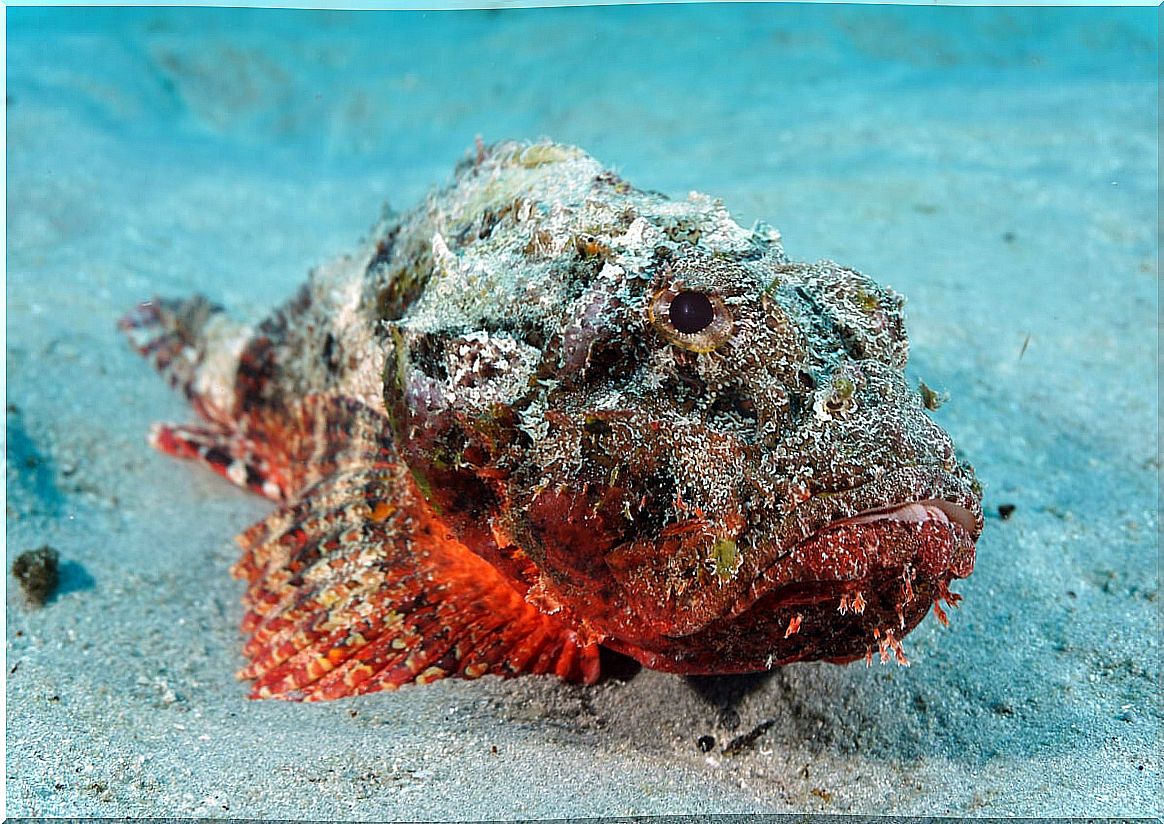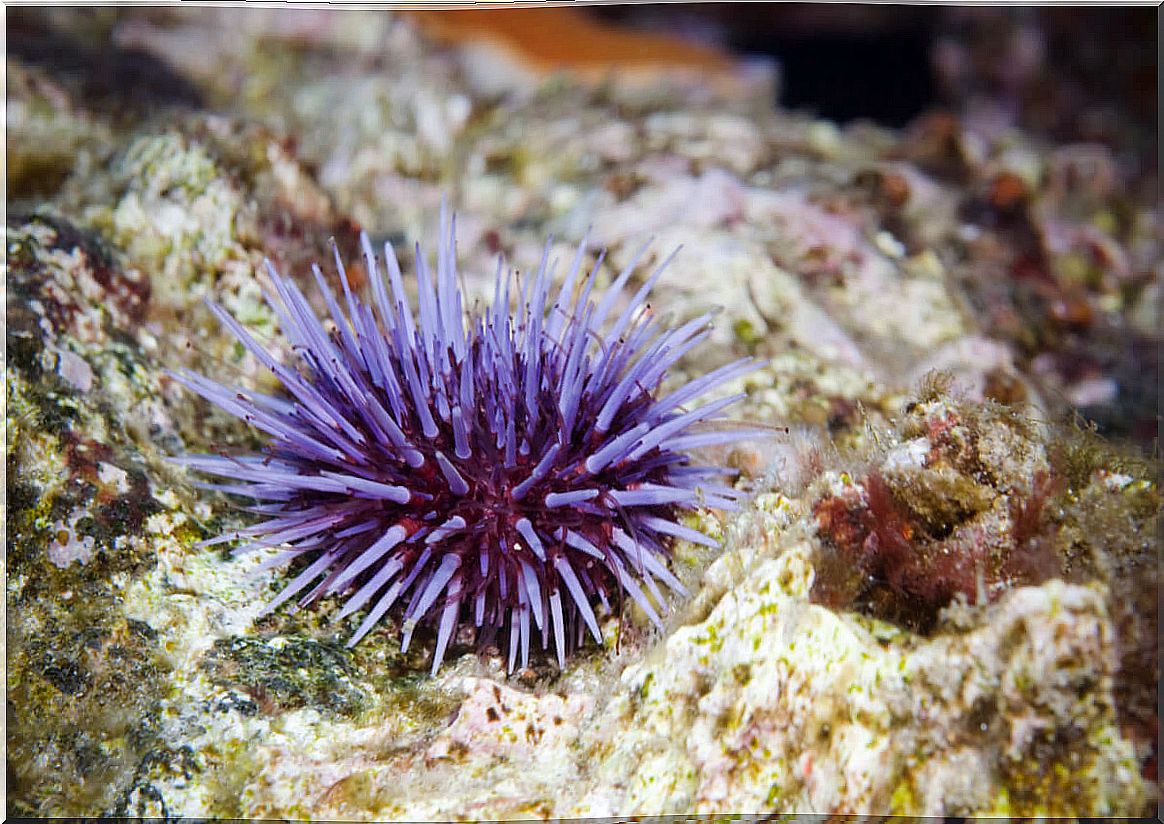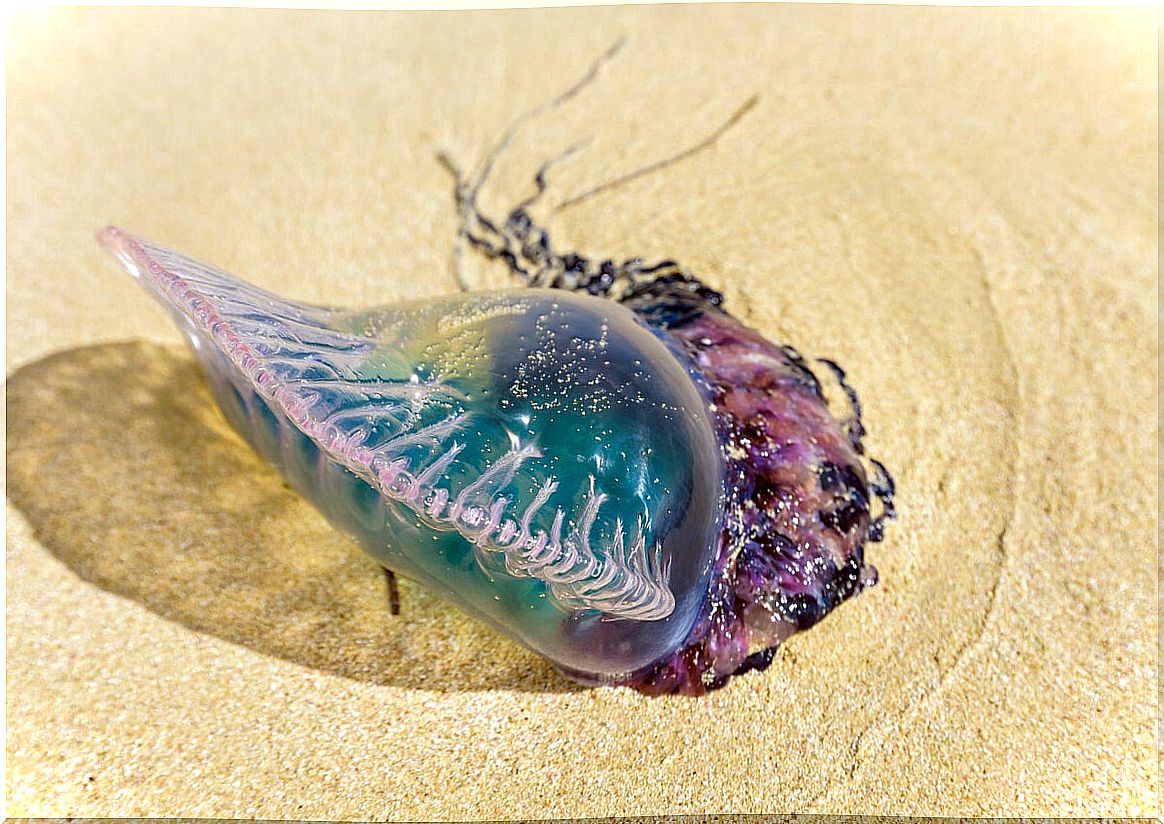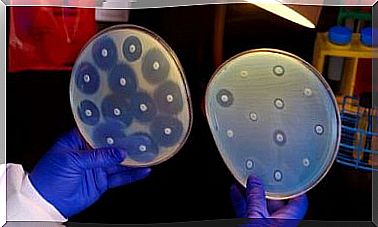Bite Or Sting Of Marine Animals: What Should I Know?
The bite or sting of marine animals during a swim or walk on the beach can ruin anyone’s vacation or worse, depending on the species causing the injury. Without going any further, studies on the Plos One portal estimate that there are about 150 million jellyfish stings per year around the world, although there are probably many more.
In countries like the Philippines, up to a total of 40 people die annually from these types of accidents. Depending on the species and the injured person, the clinical picture can vary from a rash or burning to death from cardiac derived arrhythmias. If you want to know more about the subject, keep reading.
Marine animals that can be dangerous

There is a very big difference between an animal potentially dangerous because of its bite and another because of the toxin it inoculates with it. Some living things – such as fish or sharks – can pose a problem due to mechanical damage caused by biting, such as tearing of tissue or excessive bleeding.
On the other hand, many invertebrates cause almost no external problems, but the real danger is in the toxins and poison that they inoculate the person when they come into contact with it. Without going any further, a single octopus of the genus Hapalochlaena, according to different studies, has enough venom to kill 26 humans in a matter of minutes.
Generally, these pathogenic substances are produced by these living beings to hunt or to avoid predation, but the human being is a “collateral victim” of this adaptive mechanism. Here are some of the most deadly and dangerous marine animals due to their bite.
1. Cnidarians
Jellyfish are the queens of marine stings. Of the approximately 4,000 species described to date, most often cause itching, rash, papules, and blisters, but about 50 species are lethal because of the potent toxins they inoculate. Even so, the reaction in non-allergic patients is usually local to most taxa.
It is very curious to know the hunting mechanism of these invertebrates. Cnidocytes are specialized cells of these invertebrates that, under certain stimuli, eject a kind of “harpoon” that inoculates the toxins synthesized by the jellyfish. In small animals, it often causes paralysis and even death.
Some examples of common jellyfish on beaches are Cotylorhiza Tuberculata , Pelagia Noctiluca, Rhizostoma Pulmo and Physalia physalis, the famous Portuguese man-of-war – which is not a jellyfish as such, but a colony of hydrozoans. Although some of these invertebrates are practically harmless, others can cause severe local and systemic reactions.
2. Stripe
According to the Spanish Society of Emergency and Emergency Medicine (SEMES), a stingray bite occurs when you step on it. This cartilaginous fish defends itself by lifting and inoculating the venom on its victims with the back of its tail, where it has poisonous spines.
In general, the wound produced by the spike is irregular and bleeds profusely. The pain is immediate, but usually subsides within 6-48 hours. Even so, special care must be taken because if there are remains of the poisonous spines in the injury, the risk of infection increases considerably.
3. Sea urchins

Contrary to what many people believe, most sea urchins are not poisonous. According to the IO Foundation, only a few tropical representatives pose a real problem on this front. The only danger of sea urchins is that, when stepped on, they can cause damage to the patient’s foot.
The biggest problem with these injuries is that hedgehog quills often fracture within the skin, causing chronic pain and significant infectious potential. Therefore, if you step on a sea urchin, a visit to the emergency doctor is practically mandatory.
4. Other animals
The list is endless. Lionfish ( Pterois antennata ), stonefish ( Synanceia horrida ) and many other animals of the seas and beaches have spines with toxins that are inoculated when they are stepped on / disturbed. Other living things simply pose a problem because of the bite that they can cause to the unsuspecting bather.
Common Symptoms of Marine Animal Bites and Visiting the Doctor
According to the United States National Library of Medicine, these are the most common symptoms of a marine animal sting / injury:
- Appearance of an itchy rash that has a reddish appearance, usually in the form of a “whip” if the cause is a jellyfish.
- Diarrhea.
- Shortness of breath
- Fever.
- Nausea and vomiting
- Paralysis.
- Intense sweating
- Weakness, dizziness, and lethargy.
- Loss of consciousness / death due to cardiac arrhythmia in the most severe cases.
As always, the severity of the clinical picture will depend on the toxin inoculated and the individual response to it. It is best to always go to the emergency center that is usually found on the edge of each beach, as the relevant specialists will determine if the patient requires further medical attention or rapid treatment.
Recommended treatment

Depending on the species causing the injury, treatment can vary dramatically. We show you what to do in each of the cases described.
1. Jellyfish
According to professional documents, these are the steps to follow when faced with a jellyfish sting:
- The action of the poison is usually blocked in the first instance by using acetic acid or 10% vinegar, among other solutions.
- After this, 10% formalin buffered with excess calcium carbonate, sodium bicarbonate and powdered boric acid in cream form is used to inhibit the release of nematocysts, the previously described harpoons.
- Avoid contact with fresh water and prescribe both local and oral antihistamines to counteract hives. Morphine can even be given if the pain is too severe.
2. Stripes
According to the medical portal MSDmanuals, the treatment for a stingray bite is based, mainly, on washing the wound with salt water, removing the fragments of the barb from it and performing stitching and sanitizing if necessary. In some cases, it is often necessary to stop the bleeding with direct pressure techniques.
3. Sea urchins
The most important thing in these cases is to remove any fragment of the spike that has become embedded in the patient’s skin. Since vinegar dissolves most of the materials that make up these thorns, a series of baths in this solution is usually sufficient. In the most difficult cases, surgery may be required.
Marine animal bites: final recommendations
Like everything in this life, a sting by marine animals is avoided by going carefully and watching where one steps. It is also necessary to never underestimate this type of injury because, if a spine or spike is embedded, the clinical picture can become quite aggravated over time.
If you suffer an accident of this nature, it is best to go to the emergency center that usually has the town halls on the beach. There, they will give you emergency treatment and decide if you should go to a more specialized medical center.









